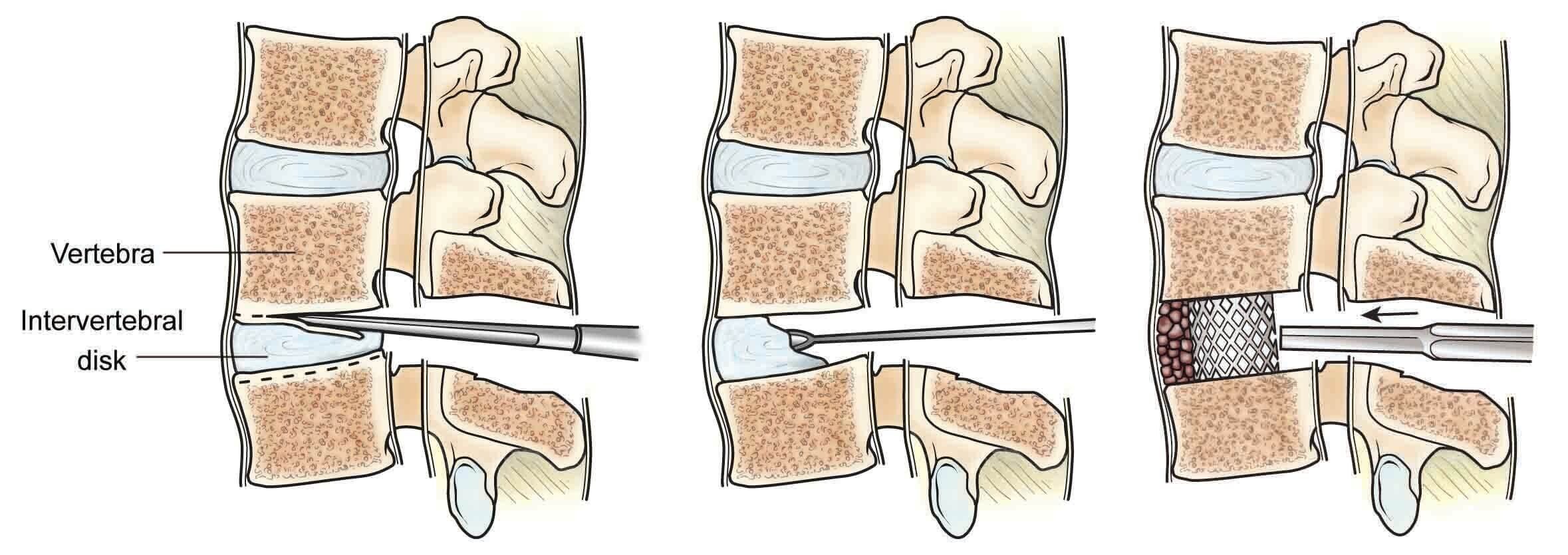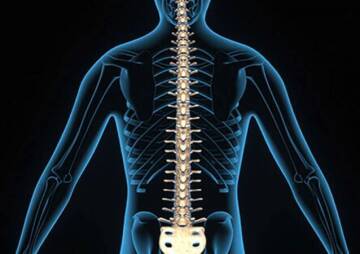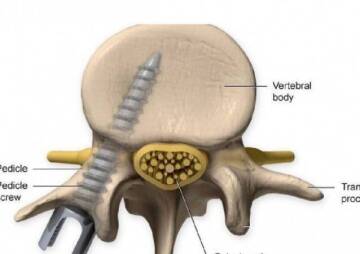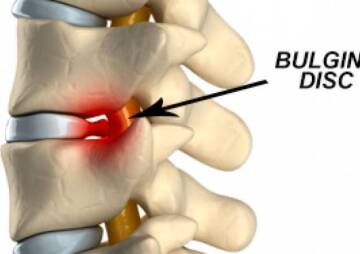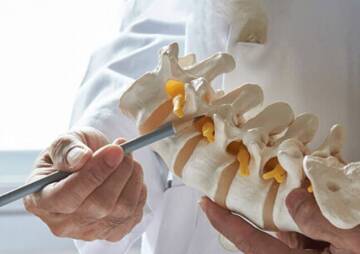-
kitengo
Craniomaxillofacial Surgery
Orthopedic Surgery
Spine Surgery
Orthopedic Implants
Hip Surgery
Knee Surgery
Pectus Excavatum
Bone Graft
Disinfectants
Healthcare
Types of spinal fusion surgeries
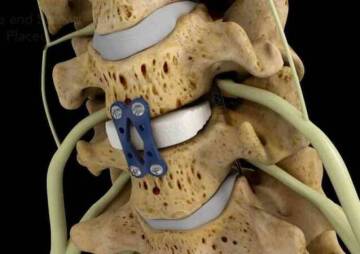
Fusion of the vertebrae in the spine means connecting the vertebrae. In this type of surgery, two or more vertebrae may be connected to relieve pain, instability, or other symptoms. In this article, we review the types of fusion surgeries.
The spine is made up of vertebrae stacked on top of each other, which support the body's nervous system. Sometimes due to spinal cord injuries, it is necessary to restrict the movement of the two vertebrae to prevent spinal cord injury and reduce back pain. Fusion surgery is used for this purpose. During fusion surgery, the two vertebrae fuse and no longer move. This is a simulation of a bone fracture that holds two broken bones in place with a cast and splint for a while to heal.
What you will read in this article is the types of fusion surgeries and how to do them.
What is Fusion Surgery?
Joint fusion is a type of spinal surgery in which two vertebrae are fused together to form a single bone. To do this, the damaged disc is removed between the vertebrae and replaced with grafts, and then the spine is secured with titanium rods, bolts and nuts so that the bones fuse together. In this case, the bones will not move, the nerves and ligaments and surrounding muscles will be stretched, and the pain will naturally decrease.
Spinal fusion is performed to correct deformity or relieve back pain and is recommended for diseases such as degenerative scoliosis, spondylolisthesis, vertebral fracture to some extent spinal instability. It is also used for tumors, spinal canal stenosis, disc herniation, and spinal weakness or instability due to diseases such as osteoarthritis (spondylosis).
This type of surgery is performed in several common ways. Posterior fusion method, anterior fusion method and combined method. Which surgical procedure is appropriate is determined by the doctor, depending on the type of injury site and the degree of vertebral deviation.
Posterior fusion surgery
Spinal surgery can be performed on any part of the spine, from the neck to the tail. In this case, the incision is made from the back of the spine and the bones are fixed in place in various ways to heal. This surgery is performed in several different ways.

Posterolateral gutter fusion
In this case, spine surgery is performed from the back through an intermediate incision seven to 12 cm long. The bone graft is taken from the pelvis and placed on the back of the spine bone and out of it. This area has many arteries and the nutrients needed for the transplant are provided through the blood.
Part of the vertebrae in this area act as the junction of the muscles. In order for the graft to be firmly in place, these muscles are lifted and placed on the graft to provide the necessary pressure and tension for the bone graft.
Posterior lumbar interbody fusion (PLIF)
Unlike the previous method in PLIF, spinal fusion is performed directly in the disc space by placing allograft bone fusion or synthetic materials (PEEK or titanium). When this surgical procedure is performed from the back, it is called (PLIF).
To do this, they make an incision between seven and 15 cm in the back of the waist and remove the lumbar muscles from the left and right parts of the vertebra. The allograft structure inside the metal shelves is then inserted into the intervertebral space. The vertebral bone grows with the support of this allograft and fusion is performed.
Transforaminal lumbar interbody fusion (TLIF)
TLIF surgery is performed through the back of the spine. In this method, first a fusion spacer is placed between the vertebrae and then screws and pedicle rods are used to increase the fusion speed and immobility of the vertebrae. The bone graft used in this operation is also taken from the patient's pelvic bone. Of course, it is possible to use alternatives.

Anterior fusion surgery
In the Anterior method, spinal surgery is performed from the front part. Compared to the Posterior method, this method provides more stability and support, which results in the possibility of healthier fusion and alignment of the spine. This surgery is known as Anterior lumbar interbody fusion (ALIF).
ALIF is performed from the front of the spine and involves removing the disc between the two vertebrae and placing the bone in the space created between them.

ALIF fusion surgery is very similar to PLIF, except that in ALIF, the surgeon performs spinal surgery on the abdomen. First, a seven-inch incision, a seven- to 15-centimeter incision, is made on the left side of the abdomen, and the abdominal muscles contract. Since the anterior abdominal muscles are vertical, there is no need to cut them and they can be easily folded to the side and the surgeon can reach the spine. After the blood vessels are moved to the side, the disc material is removed and the bone graft is placed alone or with special implants in the space between the vertebrae to perform fusion.
Combined fusion surgery
Anterior / posterior spinal fusion, or combined fusion surgery, is a procedure in which spinal surgery is performed from the front and back.
Some spine surgeons perform fusion surgery as a combination of Anterior and Posterior surgery to further stabilize it. Studies have shown that surgery on both sides of the spine in the lumbar region increases the speed of fusion. In this method, the incision is made both on the side of the body and on the back.

Lateral Lumbar Interbody Fusion (LLIF) Method
In the LLIF method, the surgeon makes an incision in the side of the body and can access the vertebrae and discs without damaging the nerves and muscles. This method is sometimes called Extreme Lateral Interbody Fusion (XLIF). XLIF is one of several spinal fusion surgery options that the surgeon recommends for the treatment of certain types of lumbar spine disorders. Such as lumbar degenerative disc diseases, spondylolisthesis, scoliosis and deformity and some lumbar disc herniations and various types of spinal canal stenosis.
